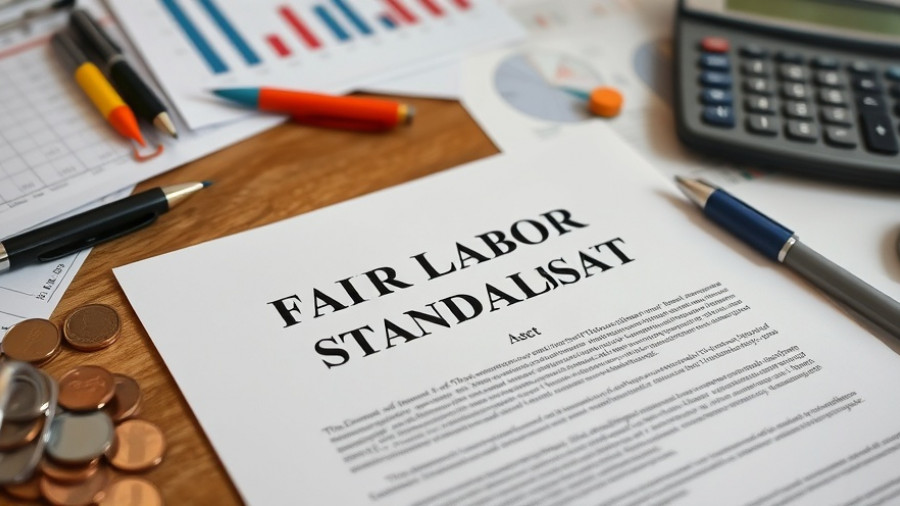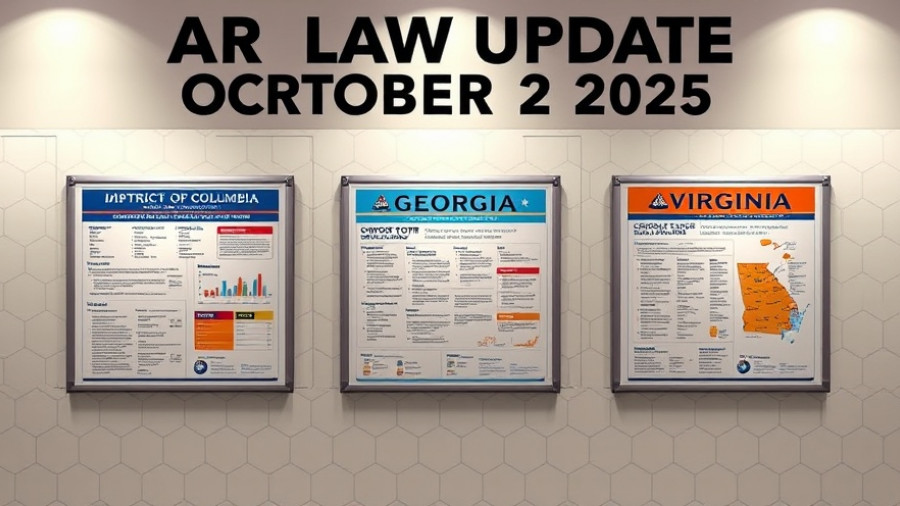
Understanding Your Union’s Annual Financial Report: A Key to Empowerment
For professionals navigating the complexities of HR compliance, legal standards, and employee relations, understanding your union's annual financial report is paramount. These reports highlight how unions manage resources and advocate for workers' rights. Transparency is not only essential for union members but also for HR compliance officers and employment attorneys who are tasked with ensuring adherence to labor laws.
The Importance of Labor-Management Reports
Labor-Management reports, also known as LM reports, are crucial for shedding light on a union's financial activities. The U.S. Department of Labor requires these disclosures to encourage transparency and foster trust within labor organizations. There are three forms—LM-2, LM-3, and LM-4—each tailored to the size of the union. These forms detail income, expenditures, and governance information, allowing members to scrutinize areas such as pay transparency and officer compensation.
The Role of Transparency in Promoting Trust
Understanding and accessing LM reports supports not just internal accountability but broader workplace integrity. When union members are informed about the allocation of dues and how funds are utilized, they can make more educated decisions about their involvement. For HR professionals, this insight is vital for ensuring that organizational policies comply with EEOC guidelines and employment regulations.
Empowering Employees Through Knowledge
The benefits of transparency extend beyond union members to workplace negotiations. A clear understanding of union operations fosters open communication between employees and management. This is particularly beneficial when addressing issues like remote work policy or hiring bias, enabling employers and unions to collaborate effectively in creating equitable work environments.
A Call for Action
As we reflect on the significance of union financial transparency, it is essential for professionals to familiarize themselves with these reports. By doing so, they can better advocate for the rights of all workers and contribute to a fairer workplace. Explore your union's LM reports today and enhance your understanding of the financial mechanics that drive labor organization.
Take Action Now: Ensure your organization’s policies are updated and compliant by reviewing the LM reports from your unions, promoting an informed and engaged workforce. Add Row
Add Row  Add
Add 




Write A Comment